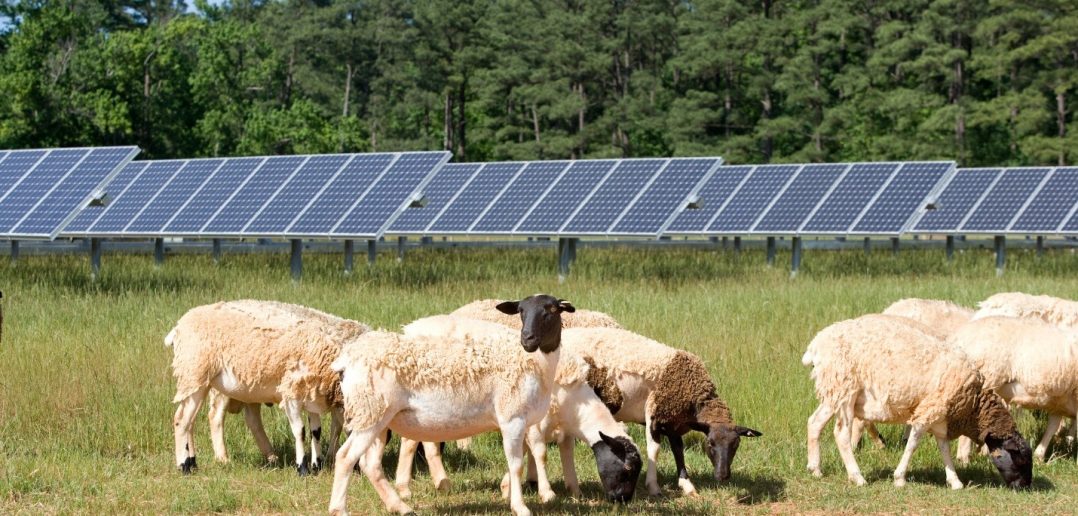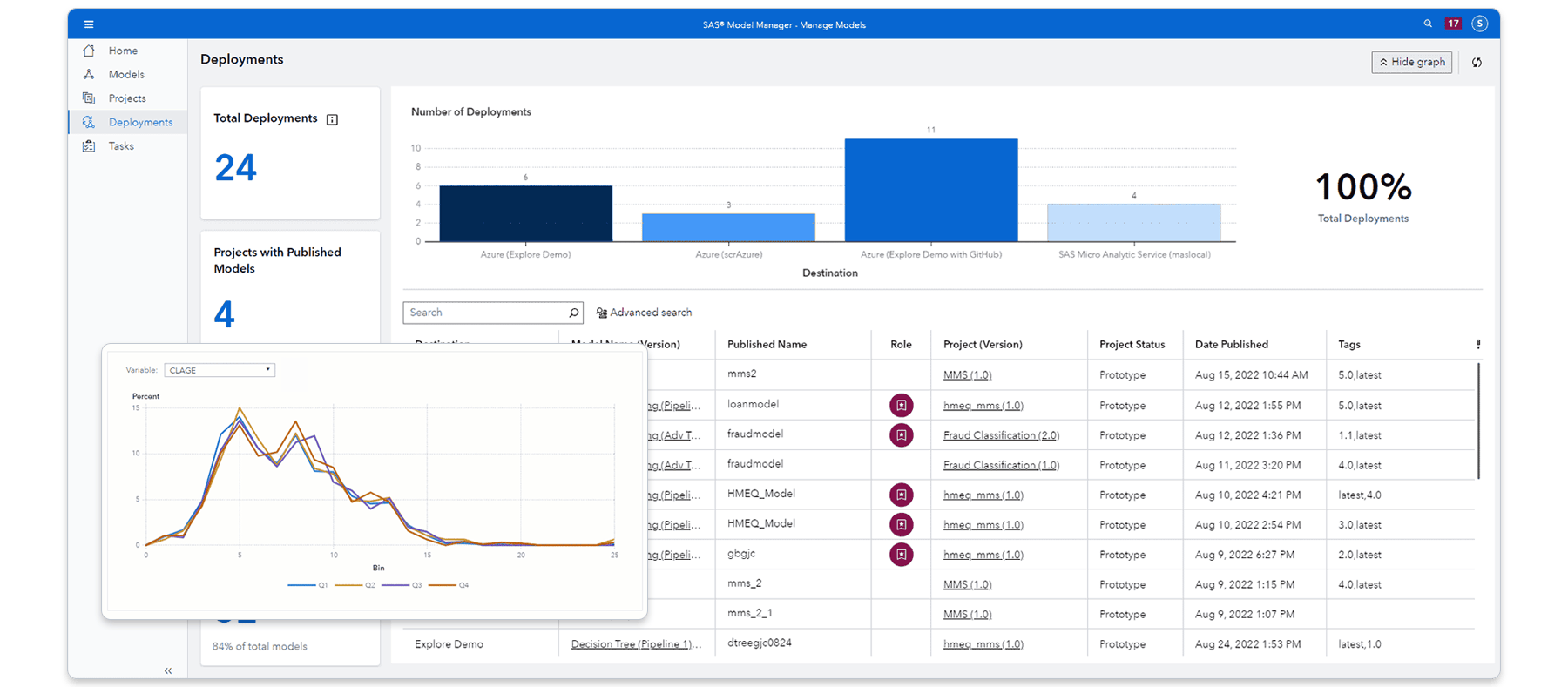Did you know that SAS has two on-site solar farms? At a combined 2.3 MW in capacity, SAS’ solar farms are located on 12 acres at world headquarters in Cary, NC.
The photovoltaic (PV) solar arrays generate 3.8 million kilowatt-hours of clean, renewable energy each year, reducing carbon dioxide emissions by more than 2,000 tons annually — the amount of emissions produced by consuming more than 367,000 gallons of gasoline.
In 2017, SAS added 6 percent capacity to its solar farms, which will increase production from 3.8 million to more than 4 million kilowatt hours annually.
This also means that SAS has collected a wealth of data about solar energy. We can use this data set of 56,867 observations as input into a deep learning model. In this video, we show how to use a recurrent neural network (RNN) to forecast solar energy output.
Solar energy forecasts are important for incorporating solar energy into the electric grid, but solar energy output is highly dependent on weather, so it can be hard to forecast.
What makes this data challenging is that we must create lagged variables for the response and predictor variables due to the temporal nature of the data. The variables used in this model include solar power as the response variable. Solar radiance intensity, hour of the day, solar elevation angle, and daytime indicator are the predictor variables.
The other key here is to preserve the time series sequence while partitioning the data set into training, validation and testing. Lastly, tuning the hyperparameters is critical for this type of model. The net is that RNN is a viable forecasting strategy for forecasting solar energy output. I won’t give away all of the details so you’ll have to watch the video! Consider adding RNN to your forecasting toolbox.
For more information about the solar farms at SAS, read the SAS Corporate Social Responsibility 2017 Report.
To learn more about recurrent neural networks, read Yue Qi’s blog post about using RNN to model text data for sentiment analysis.








